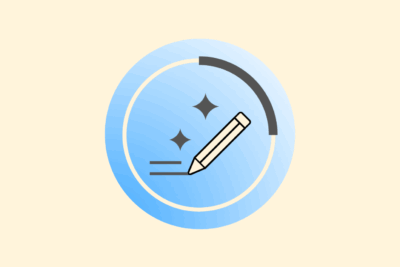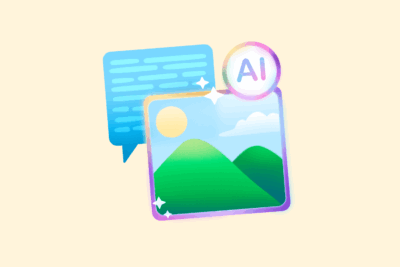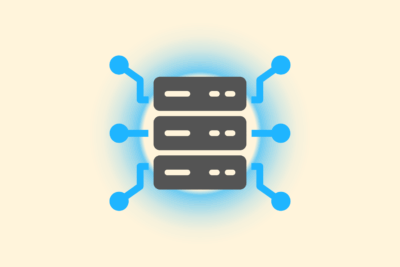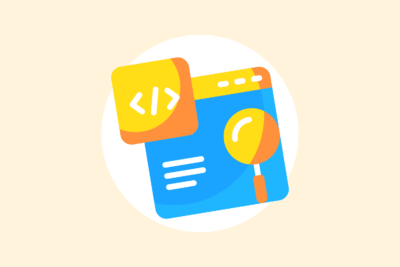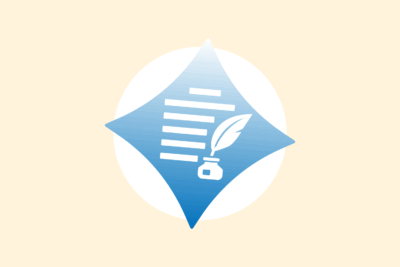AI feeds and sitemap strategies: Here’s how to feed your content to AI the right way
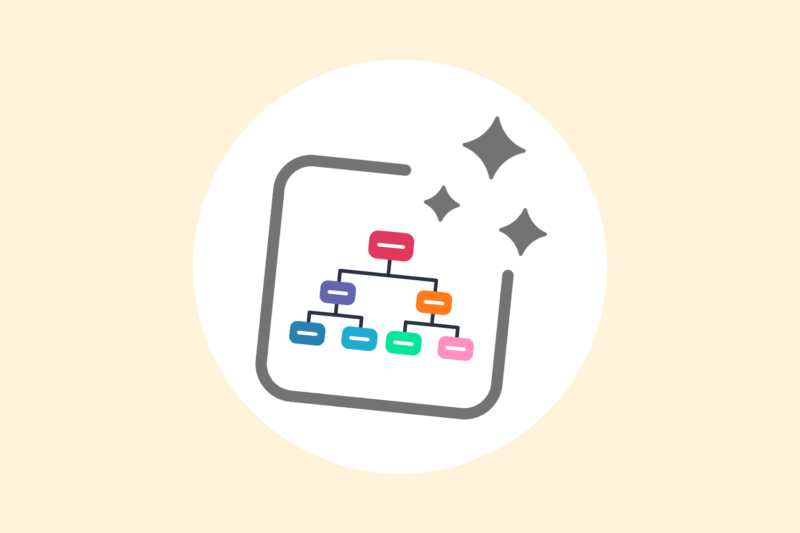
As AI models such as ChatGPT, Gemini and Perplexity increasingly retrieve information from content outside search results, findability in search results is no longer sufficient.
The answer to the question “How do you actively offer content to these models?” is becoming increasingly important. Like an XML sitemap for search engines, AI offers opportunities to stay visible within GEO.
Active distribution is needed
AI systems get their information in two ways: partly from Web sites like yours, and partly from their own memory. They dig into their memory for more information. In doing so, they select content that loads quickly and is accessible. Divide your content into usable blocks and easy for AI to read.
Waiting for a crawler to come along is insufficient these days. This is so because many AI bots do not index all the pages of a site, but work piecemeal. If you provide content strategically, you are more likely to be included in AI search results
What is an AI feed?
An AI feed is a way to present information in such a way that search engines and AI systems can benefit from it. Make sure the most important content is conveniently presented in one place, rather than on several separate pages.
Make sure your content is enriched with summaries and additional data. You can do this, for example, in the form of a custom RSS channel, a JSON file or a special sitemap. Such a feed is made available through a technical address and picked up by crawlers that go through all the pages.
You can get a lot out of such an AI feed. For an e-commerce client, I recently created an AI feed. Their blog articles on product comparisons were barely being picked up by AI tools, while ranking well in Google. We housed the content in a separate AI feed and split the sitemap by categories such as reviews and manuals.
Al na een paar weken zagen we dat deze pagina’s vaker terugkwamen in antwoorden van Perplexity en ChatGPT. Het resultaat is meer zichtbaarheid buiten de klassieke zoekresultaten, op plekken waar partijen die misschien wel klant bij je willen worden, hun vragen stellen. (1)
Getting started with SEO? Feel free to get in touch.

The strategic use of sitemaps for AI purposes
The classic XML sitemap is still important, but you deploy it smartly. You do that by creating sitemaps, sorted by intent or content type. Maak sitemaps in verschillende categorieën, zoals kennisartikelen, definities of Q&A-pagina’s. Dit maakt het makkelijker voor crawlers om snel te zien welke contentcategorieën je hebt.
Indicate priority with a priority tag and indicate change frequency with changefreq. AI crawlers look at these signals for up-to-date snippets. Make sure your content is in AI-friendly formats.
Dit verhoogt de kans dat je content gelezen én hergebruikt wordt door AI. (2)
Robots.txt and header lines as a distribution signal
Waar robots.txt vroeger vooral werd gebruikt om bots te blokkeren, kun je hem nu juist gebruiken om crawltoegang expliciet toe te staan. Je maakt hiermee user-agent-regels voor GPTBot, Google-Extended en PerplexityBot. Verwijs naar feeds of sitemaps binnen robots.txt en HTTP-headers, met crawl hints of licentie-informatie. Dan word je waarschijnlijk wel opgenomen in de antwoorden van AI. (3)
That way you tell crawlers not only what can be crawled, but also where crawlers can find additional value.
Summary
The future of content creation requires creating structure that is recognized by AI systems. A smart combination of AI feeds, sitemaps and accessible data formats ensures that your content not only remains findable, but also becomes usable in AI responses.
If you invest in technical findability for AI models now, you will have more visibility within AI as classic search indexes become less and less important.
| # | Source | Publication | Retrieved | Source last verified | Source URL |
|---|---|---|---|---|---|
| 1 | Answer Engine Optimization: How to Win in AI-Powered Search (SEO Blog By Ahrefs) | 28/08/2025 | 28/08/2025 | 11/11/2025 | https://ahrefs.com/blog/.. |
| 2 | XML sitemaps: What they are & why they matter for SEO (Search Engine Land) | 12/08/2025 | 12/08/2025 | 22/11/2025 | https://searchengineland.. |
| 3 | Robots.txt: SEO landmine or secret weapon? (Search Engine Land) | 03/10/2025 | 03/10/2025 | 14/11/2025 | https://searchengineland.. |
- Gavoyannis, D. (28/08/2025). Answer Engine Optimization: How to Win in AI-Powered Search. SEO Blog By Ahrefs. Retrieved 28/08/2025, from https://ahrefs.com/blog/answer-engine-optimization/
- Zoe Ashbridge. (12/08/2025). XML sitemaps: What they are & why they matter for SEO. Search Engine Land. Retrieved 12/08/2025, from https://searchengineland.com/guides/xml-sitemaps
- Insight Engine. (03/10/2025). Robots.txt: SEO landmine or secret weapon?. Search Engine Land. Retrieved 03/10/2025, from https://searchengineland.com/guides/robots-txt

